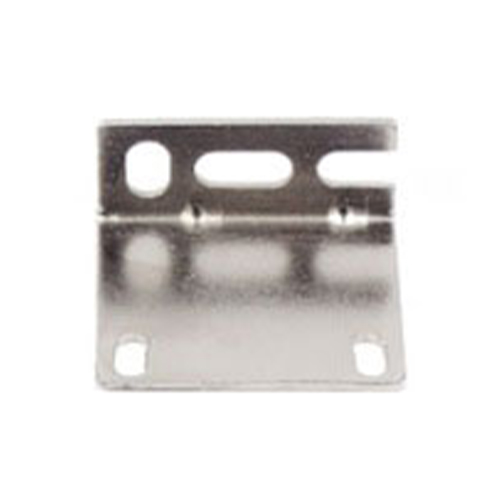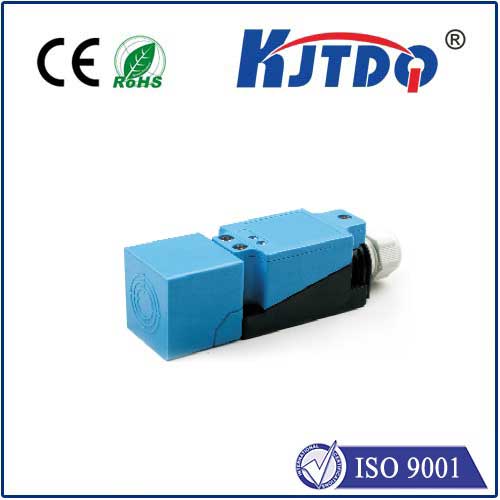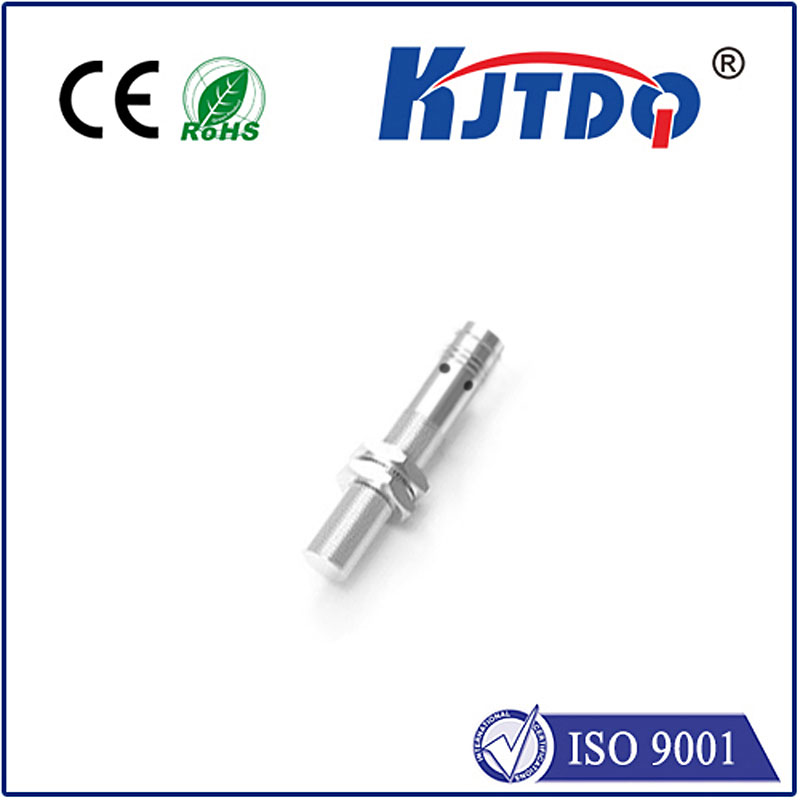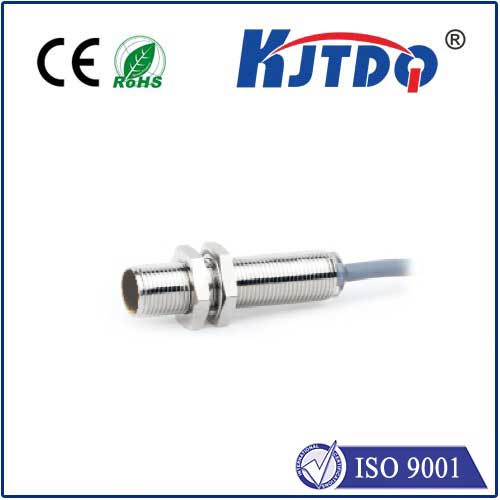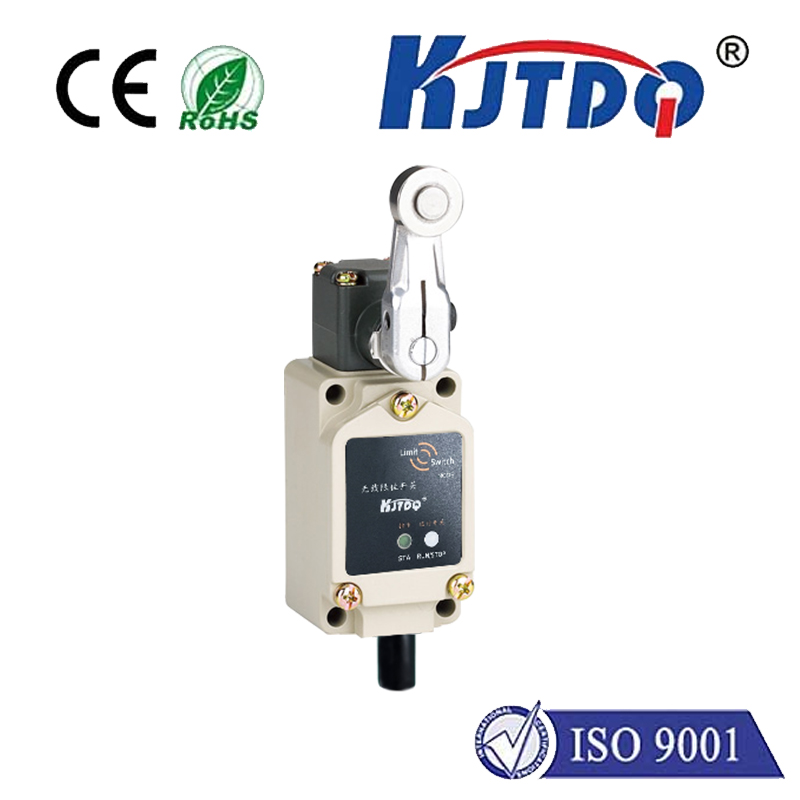diy tof sensor
- time:2025-09-08 17:56:56
- Click:0
DIY TOF Sensor: Craft Your Own Precision Distance Detector
You’re trying to build a robot that needs to navigate around your living room furniture, or perhaps you’re designing an interactive art installation that responds to hand movements. Suddenly, the need for reliable distance measurement becomes crystal clear. Commercial solutions exist, but they can be costly or inflexible. Enter the exciting world of DIY TOF sensors – your gateway to understanding and building sophisticated proximity detection using light and time. This technology, once exclusive to high-end applications, is now accessible to hobbyists and makers thanks to affordable components and open-source platforms.
Understanding the Core: What is a TOF Sensor?
At its heart, a Time-of-Flight (TOF) sensor measures distance by calculating how long it takes for emitted light (typically infrared laser or LED) to travel to a target object and reflect back to the sensor. It’s conceptually simple: Distance = (Speed of Light × Time of Flight) / 2. The division by two accounts for the light traveling to the object and back.

- Emission: A modulated light signal (pulsed or continuous wave) is emitted towards the target.
- Reflection: The light hits the object and bounces back towards the sensor.
- Detection: A specialized photodiode array or sensor receives the returning light signal.
- Calculation: Sophisticated internal circuitry (or your microcontroller!) precisely measures the tiny time difference (
Δt) between emission and reception. This Δt is directly proportional to the distance travelled by the light pulse.
Why Build Your Own DIY TOF Module?
Choosing a DIY approach offers compelling advantages beyond just cost savings:
- Deep Learning: Building it yourself forces you to understand the fundamental physics of TOF technology, electronics interfacing, and potentially the underlying signal processing algorithms.
- Customization & Flexibility: Commercial modules come with fixed specs. DIY allows you to tailor parameters like range, resolution, field of view, or output format (analog voltage, I2C, UART) to your exact project requirements. Need a super-wide field of view or operate in bright sunlight? You can select components accordingly.
- Cost Control: While evaluating individual high-performance sensors can be pricey, many excellent ICs suitable for hobbyist projects offer remarkable performance at a fraction of the cost of pre-built modules. You pay only for the capabilities you truly need.
- Integration: Designing your own sensor board allows for seamless physical and electrical integration into your larger project, potentially saving space and complexity compared to bolting on a pre-made module.
- Maker Satisfaction: There’s immense satisfaction in successfully building and utilizing a complex sensor system from the ground up.
Essential Components for Your DIY TOF System
Building a functional DIY TOF sensor requires careful component selection:
- TOF Sensor IC: This is the heart. Popular choices for makers include:
- VL53L0X / VL53L1X (STMicroelectronics): Extremely popular, compact, I2C interface, good for short ranges (up to ~1.2m for VL53L1X Long Range mode).
- VL6180X (STMicroelectronics): Designed for proximity detection at very short ranges (up to 10-15cm).
- TMF8801 (ams OSRAM): Offers higher accuracy, better ambient light rejection, and multi-object detection capabilities.
- Other Options: Chips like the Panasonic Grid-EYE (infrared array, not pure TOF but related) or PMD’s solutions exist, though availability and ease of use for DIY vary.
- Microcontroller (MCU): This brain controls the sensor, reads its data, and performs any necessary calculations or interfaces with other systems. Arduino boards (Uno, Nano, Mega), ESP32, Raspberry Pi Pico, or other common MCUs are excellent choices. Ensure it has the correct communication interface (usually I2C or UART) supported by your chosen sensor IC.
- Power Supply: Clean, stable power is crucial for sensitive TOF measurements. Ensure your chosen voltage regulator (often a low-noise LDO like the AMS1117-3.3V) matches the sensor’s and MCU’s requirements (often 3.3V).
- Supporting Components: These are critical for stable operation:
- Decoupling Capacitors: Placed near the VCC pins of the sensor and MCU to filter power supply noise.
- Pull-up Resistors: Required for the I2C communication lines (SDA, SCL) – typically 4.7kΩ or 10kΩ resistors connecting SDA/SCL to VCC (3.3V).
- Appropriate Lens/Optics: Most TOF ICs require a specific lens aperture to collimate the emitted light and collect the returning signal effectively. Kits often include these, or you might need to source based on the IC datasheet.
- Clock Source: Some sensors need an external crystal oscillator for precise timing (check the datasheet).
- PCB or Prototyping Board: You can prototype on a breadboard, but for better noise immunity and reliability, designing and assembling a simple PCB using software like KiCad or EasyEDA is highly recommended.
- Host Computer & Software: For programming the MCU and visualizing sensor data. You’ll need the Arduino IDE, PlatformIO, MicroPython, or other relevant programming environment.
Building & Programming Steps (Simplified Overview)
- Circuit Design: Study the datasheet of your chosen TOF IC carefully. Design a schematic including the sensor IC, MCU, power regulation, decoupling caps, pull-up resistors for I2C, and any required crystal. Pay close attention to voltage levels and pin connections.
- Assembly: Solder the components onto a prototype board or your custom PCB. Double-check connections and ensure no solder bridges exist. Proper lens alignment over the sensor apertures is critical.
- Power Up: Connect a stable power source (e.g., USB or battery via regulator) and verify voltages at key points.
- Interface & Libraries: Connect your MCU to the host computer. Install the necessary libraries for your specific TOF sensor IC. Manufacturers often provide Arduino libraries (e.g.,
Adafruit_VL53L0X, SparkFun_VL53L1X), or community-maintained ones exist.
- Basic Communication Test: Write a simple sketch to initialize the sensor via I2C/UART and attempt to read its device ID register. This confirms basic communication is functional.
- Distance Measurement Code: Utilize the library functions to configure the sensor (timing budget, measurement mode - single shot/continuous) and read the distance value. This often requires just a few lines of code after including the library.
- Data Processing & Output: Your MCU can now read distance values. Decide how to use them: display on an LCD/OLED, send data over serial/USB to a PC for logging/visualization, trigger actions like controlling motors or LEDs, or integrate into a larger system like a robot navigation algorithm.
Practical Applications for Your Homemade TOF Sensor
The power of DIY TOF lies in its versatility. Here are just a few applications:
- Robotics: Obstacle avoidance, cliff detection, precise docking/navigation, floor mapping.
- Gesture Recognition: Creating touch






